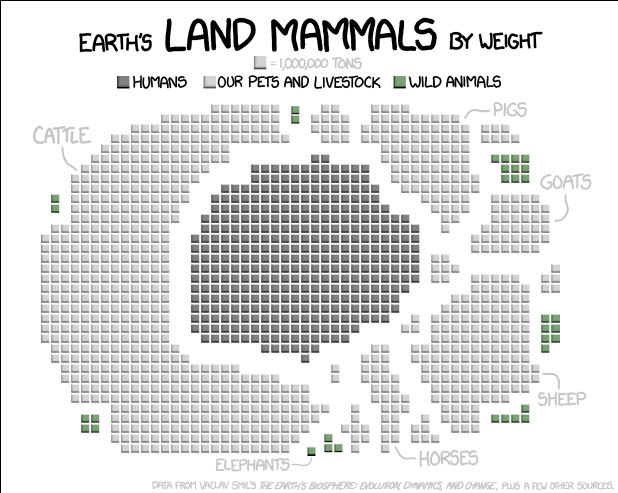Brendan Borrell. Sep 3, 2012. One Fifth of Invertebrate Species at Risk of Extinction. Freshwater snails and reef-building corals are among the threatened groups. Nature & Scientific American.
One in five of the world’s invertebrate species are threatened with extinction, according to the latest report from the Zoological Society of London (ZSL).
From the checkerspot butterfly to the giant squid, spineless creatures are thought to represent around 99% of biodiversity on Earth. However, until now, scientists have never attempted a comprehensive review of their conservation status. In fact, fewer than 1% of invertebrates had been assessed by the International Union for Conservation of Nature (IUCN), which has listed threatened species on its Red List since 1963.
“When I first took a look at the Red List, it was biased towards larger, more charismatic species,” says Ben Collen, a biodiversity scientist at the ZSL Institute of Zoology in London, who coordinated the invertebrate study and co-edited the report. “The project we’ve been running for the past five years tries to put invertebrates on the Red List in a systematic way.
Collen and his colleagues conclude that the greatest threat is to freshwater invertebrates, including crabs and snails, followed by terrestrial and marine invertebrates. More mobile animals, such as butterflies and dragonflies, tended to have the least risk of extinction.
The report estimates that 34% of freshwater invertebrates could be under threat, including more than half of the world’s freshwater snails and slugs. In the southeastern United States, which is a freshwater diversity hotspot, almost 40% of molluscs and crayfish could be wiped out owing to the effects of dams and pollution. In the oceans, almost one-third of reef-building corals are endangered largely because of climate change, which causes coral bleaching and ocean acidification.
Overall, habitat loss, pollution and invasive species represented the biggest threats to invertebrate diversity around the world. The proportion of species at risk (one-fifth) is similar to findings in vertebrates and plants. The report will be formally presented on 7 September at the World Conservation Congress in Jeju, South Korea, where conservationists, scientists and government leaders will meet to discuss conservation and development issues.

